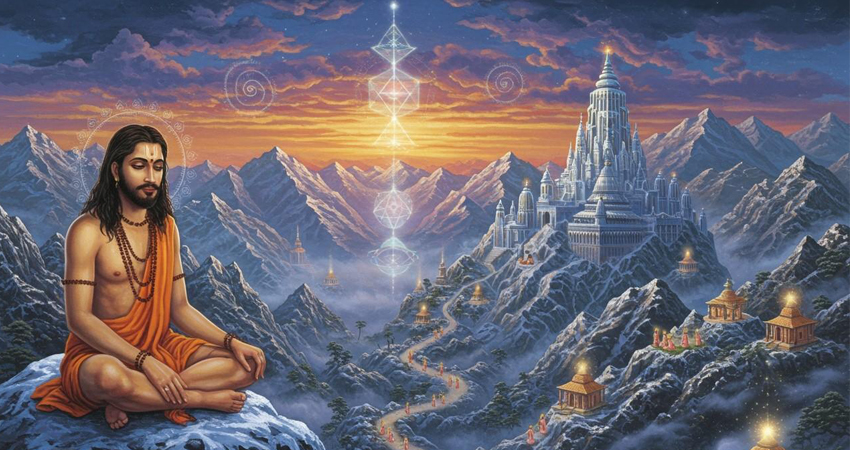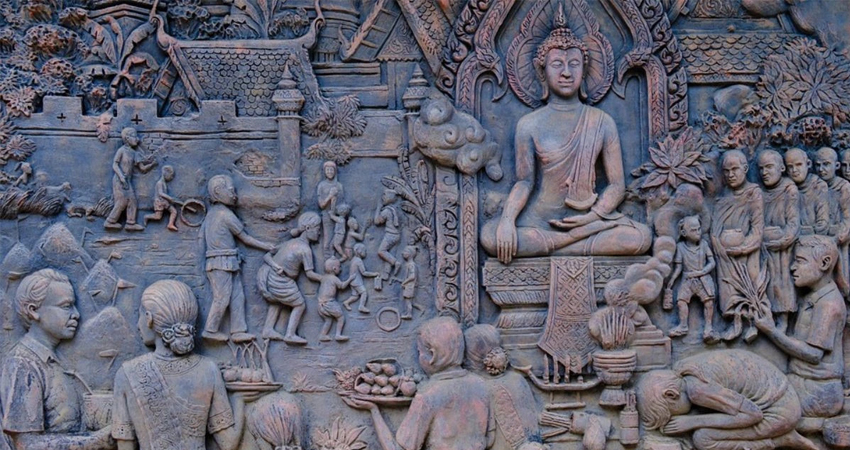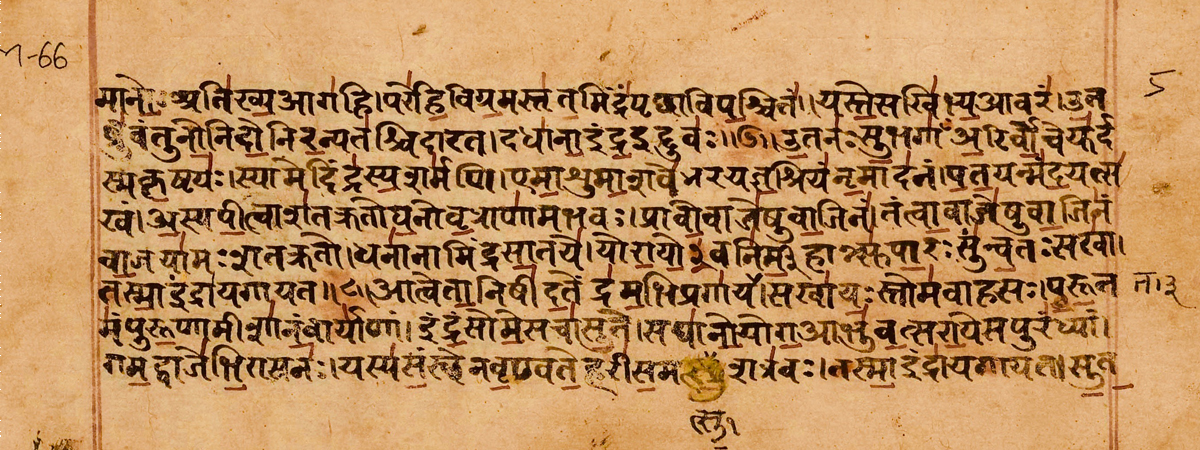Yoga is often seen today as a form of exercise, focused on flexibility and strength. But at its core, yoga is a deep and structured path toward inner awareness. The physical postures are just one aspect of a much broader system that includes breath control, discipline, mental focus, and ethical living.
Rooted in Indian philosophy, yoga was developed not for physical gain, but for spiritual clarity. Over thousands of years, this system has evolved, yet its purpose remains the same — to connect the individual to something beyond the material self.
Today, yoga is practiced around the world, from traditional ashrams in India to modern studios in cities everywhere. Despite the global spread, its spiritual and philosophical foundation remains deeply Indian.
Today, yoga is practiced around the world, from traditional ashrams in India to modern studios in cities everywhere. Despite the global spread, its spiritual and philosophical foundation remains deeply Indian.

The Origin of Yoga — Where It All Began
The earliest traces of yoga can be found in the ancient Indus Valley Civilization, which thrived over 5,000 years ago. Archaeologists have discovered stone seals in sites like Mohenjo-Daro that depict human figures seated in cross-legged, meditative postures. These suggest that the practice of yoga — or at least the idea of meditation and stillness — existed even in prehistoric times.
Yoga in these early stages was closely linked to rituals, nature worship, and shamanic traditions. The focus was not just on the body, but on understanding the inner self and the forces of nature.
This phase laid the foundation for what would later become a structured spiritual discipline. The early practices aimed at harmony between the human and the divine, preparing the way for the more philosophical yoga systems that followed.

Yoga in the Vedic Age: The Birth of Philosophy
The ancient history of yoga moves into a more defined phase during the Vedic period. This era, beginning around 1500 BCE, introduced structured spiritual thought through texts like the Rigveda, one of the oldest known scriptures. While the Vedas do not describe yoga in the form we know today, they laid the philosophical groundwork for it.
The Upanishads, which followed the Vedas, marked a turning point. These texts explored the nature of consciousness, the soul (Atman), and the ultimate reality (Brahman). Here, yoga became more than a set of practices — it became a path toward understanding the self and its connection to the universe.
The Upanishads introduced core elements of yogic discipline: pranayama (breath control), dhyana (meditation), and self-inquiry. The focus shifted inward, with an emphasis on silence, observation, and detachment from the material world.
Yoga in the Vedic age was seen as a method to align oneself with the eternal truths of existence. It was not about performance, but about inner clarity and liberation.

The Classical Period: Patanjali and the Yoga Sutras
By the second century BCE, yoga began to take on a more organized form. This phase is marked by the work of Patanjali, a scholar who compiled and systematized yogic knowledge into a text called the Yoga Sutras. This collection of aphorisms remains one of the most influential foundations of yoga philosophy.
Patanjali outlined Ashtanga Yoga, meaning the “eight limbs” of yoga. These eight limbs describe a full path to spiritual realization and self-mastery. They include:
- 1. Yama ethical restraints
- 2. Niyama personal observances
- 3. Asana physical postures
- 4. Pranayama breath control
- 5. Pratyahara withdrawal of senses
- 6. Dharana concentration
- 7. Dhyana meditation
- 8. Samadhi absorption or liberation
This structure made yoga accessible as a disciplined practice, not just a mystical pursuit. Patanjali didn’t invent yoga, but he gave it a framework that helped it survive and spread.
The History of Yoga in India Through the Ages
The history of yoga in India reflects not only spiritual evolution but also cultural resilience. After its classical consolidation through Patanjali’s teachings, yoga continued to grow during the Gupta Empire (4th–6th century CE). This period encouraged learning, art, and philosophy, allowing yogic traditions to expand through temples, monasteries, and written texts.
Following this golden age, India entered a time of political change. During the medieval period, especially under certain Mughal rulers, many Indian spiritual practices were marginalized or forced into secrecy. Public teaching of yoga became less common. However, yogic knowledge was quietly preserved by ascetics, monks, and family lineages who passed it on through oral traditions and private discipleship.
In the 19th and early 20th centuries, during the British colonial era, yoga began to re-emerge in public life. Thinkers like Swami Vivekananda introduced the deeper ideas of yoga to global audiences, especially in the West. Later, teachers such as Swami Sivananda, Paramahansa Yogananda, and others established yoga as a respected path of spiritual and personal development.
Modern Yoga: From India to the World
A key moment in the timeline of yoga history came in 1893, when Swami Vivekananda spoke at the World Parliament of Religions in Chicago. His speech introduced the Western world to the spiritual depth of Indian philosophy, including yoga. It was one of the first public acknowledgments of yoga outside India in modern times.
In the early 20th century, yoga was further revived and modernized by teachers who blended traditional knowledge with practical approaches. T. Krishnamacharya, often called the “father of modern yoga,” taught influential students like B.K.S. Iyengar, Pattabhi Jois, and Indra Devi, each of whom went on to shape different styles of yoga practiced today.
- Iyengar focused on precision and alignment
- Jois developed Ashtanga Vinyasa Yoga, a dynamic flowing form
- Indra Devi popularized yoga in the West, especially among Hollywood circles
Through these teachers, yoga began to take root in Europe, North America, and beyond. Studios opened, books were published, and what was once a hidden spiritual path became a global movement.
Despite this global popularity, the essence of yoga — self-awareness, discipline, and connection — remained unchanged. The outer form evolved, but the inner path stayed grounded in its Indian origin.
Timeline of Yoga History at a Glance
The following points offer a brief view of how yoga evolved through different periods. This timeline of yoga history highlights the major stages in its development:
- 3000 BCE – Early depictions of yogic postures appear on seals from the Indus Valley Civilization, suggesting the presence of meditative practices.
- 1500 BCE – The Vedic Period begins. The Rigveda and later the Upanishads introduce foundational ideas of self-discipline, breath control, and inner realization.
- 2nd Century BCE – Patanjali compiles the Yoga Sutras, organizing yoga into the eight-limbed path known as Ashtanga Yoga.
- 1800s to 1900s – Indian sages such as Swami Vivekananda reintroduce yoga to the public during British rule. Teachers like T. Krishnamacharya, B.K.S. Iyengar, and others modernize the practice.
- Today – Yoga has become a global wellness movement, practiced by millions worldwide while still rooted in its original spiritual framework.
Why Understanding Yoga’s History Matters
Deepens Your Practice
Knowing yoga’s origins helps you go beyond poses and appreciate its true purpose — inner transformation.
Honors the Tradition
Respecting the roots of yoga fosters cultural appreciation, not appropriation. It’s more than a fitness trend — it’s a spiritual discipline with ancient wisdom.
Bridges the Past and Present
Understanding how yoga evolved from ancient India to modern studios makes your journey more meaningful.
Final Thoughts: Carrying Ancient Wisdom into Modern Practice
Yoga isn’t just about flexibility — it’s a living tradition rooted in thousands of years of spiritual exploration. By understanding its history, we don’t just practice poses — we honor a legacy.
As you roll out your mat, remember: every asana carries the wisdom of sages, every breath echoes ancient chants.
Frequently Asked Questions
1. When did yoga originate?
Yoga originated over 5,000 years ago in the Indus Valley Civilization and was later shaped by Vedic texts and the Yoga Sutras of Patanjali.
2. Who is considered the father of modern yoga?
Tirumalai Krishnamacharya is often called the father of modern yoga for developing the style and structure of yoga as we know it today.
3. What is the oldest known yoga text?
The Rig Veda contains the earliest references to yogic concepts, but Patanjali’s Yoga Sutras (2nd century BCE) is the foundational guide to classical yoga.
4. Is modern yoga different from traditional yoga?
Yes — traditional yoga focused more on meditation, breath, and spiritual discipline, while modern yoga emphasizes physical postures and fitness.
5. Why is understanding yoga's history important?
It helps practitioners respect its cultural roots, practice more mindfully, and connect deeper with yoga’s spiritual and philosophical essence.
